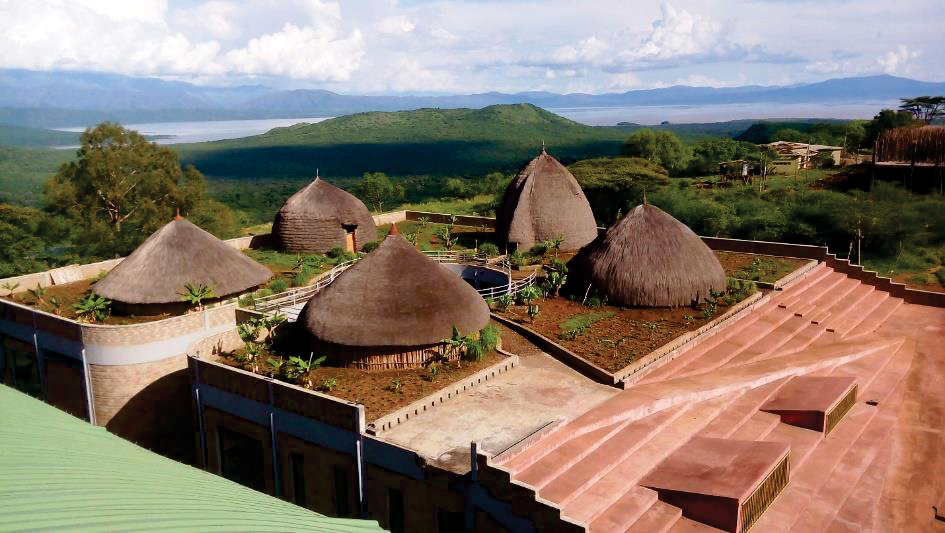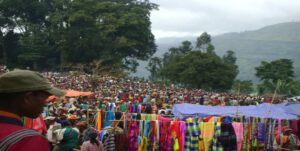The Gamo people around Chencha, especially Dorze communities are famous for their huge huts which is a classic example of architecture, resembling a giant elephant head made of bamboo trees and roofs covered by aged bamboos stem bark . The hut is 12m in height and can be last for more than 60 years. It can be relocated to a new site if rotting parts or termites become a problem. In former times an ostrich egg is used to be placed at the top as an indicator for wealth and decor. It is worthy to visit life style, room division and indigenous arts inside the house.gamo-traditional-house-kara
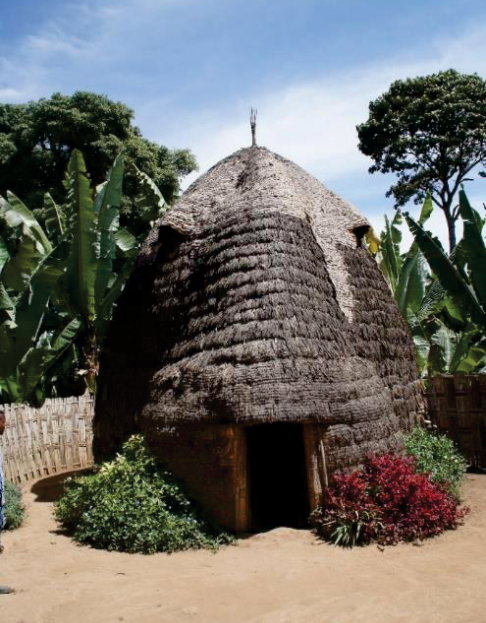

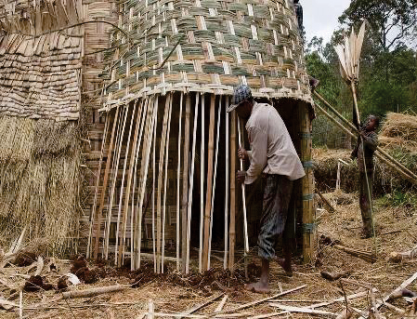
There are also another two different type of cultural house construction in Gamo Ethinic Group named Kara and waja other than the huge bamboo hut. The houses are constructed using straw grasses and hard woods with pillars extending from one up to nine according to the type and width of the hut. This cultural thatched roof huts are used in the vast Gamo highland areas , mostly in Geressei, Kamba, Bonkei, and Daramalo districts. The highlanders live with their catles in the hut to share their hot breath for challenging the cold weather at night.
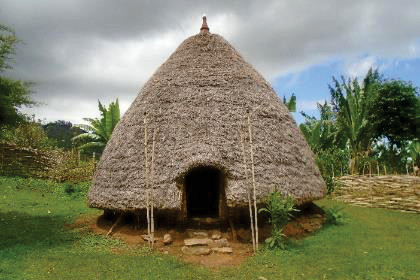
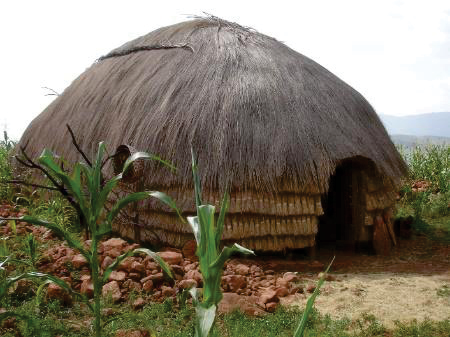
The rest two ethnic groups, Zayse, the lowland settlers and Gidicho, the islanders have also their own type of cultural houses. They build their houses using straw grasses and hard woods like the two type of Gamo’s cultural house. But they are too different from others in their structural design and building system as pictured below. These houses can be seen at the setllments of both Zayse people (at Arbaminch Zuriya; Elgo, Wozeqa, Dambile, 20km drive from Arbaminch on the way to Konso) and Gidicho people (at Mirab Abaya; Algei- Lake Abaya Shore and Gidicho island on the lake, 38km drive from Arbaminch on the way to Addis Ababa).
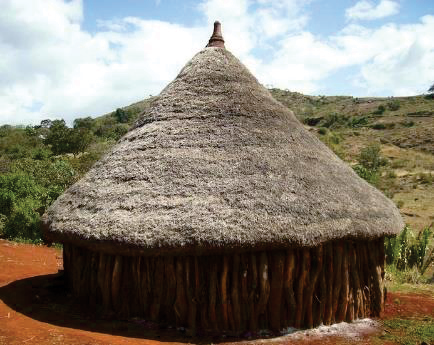

Traditional house construction over all Gamo area is performed by communal labor which is called Debo in Amharic or Daggo in Gamotho. Debo or Daggo is a cultural practice in local community to perform hard tasks by freewill labor support of group of people. Blood and marriage relatives and neighbors assists house builder by supplying building materials drinks and foods. Foods and drinks are provided for Debo or Daggo participants.
The traditional house of three ethnic group Gamo, Zayse and Gidicho can be easily seen at partially opened Gamo Culture and research Center located at Arbaminch, Shecha. The culture center will be fully operational, comprising culture research center, museum, library, hand craft shop, meeting hall, traditional restaurant and swimming pool with the scenic view of Necha Sar National Park.
